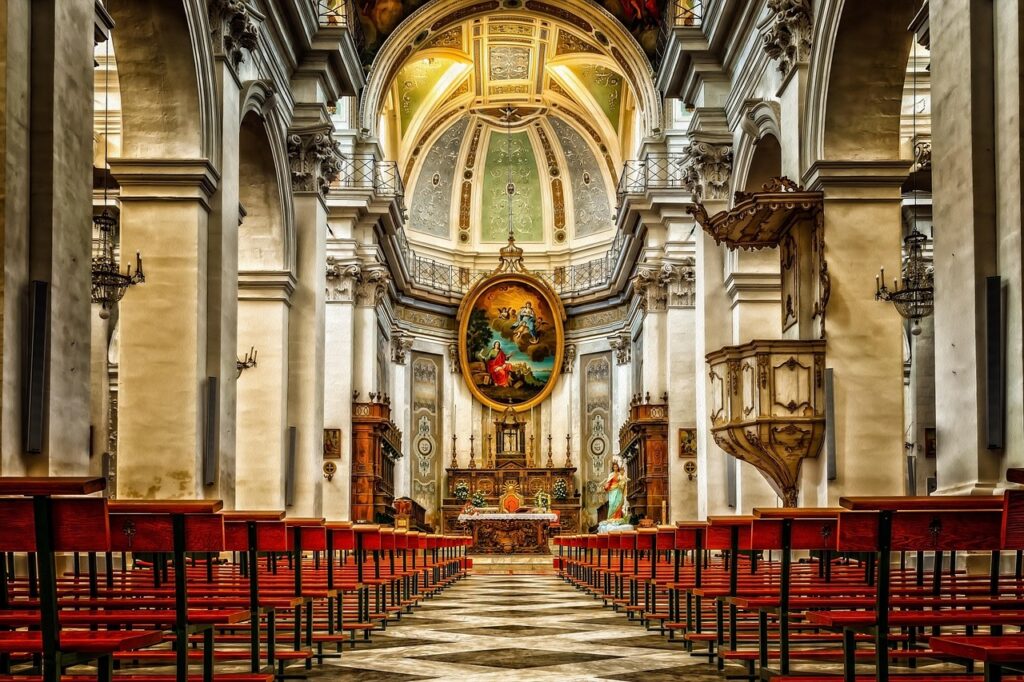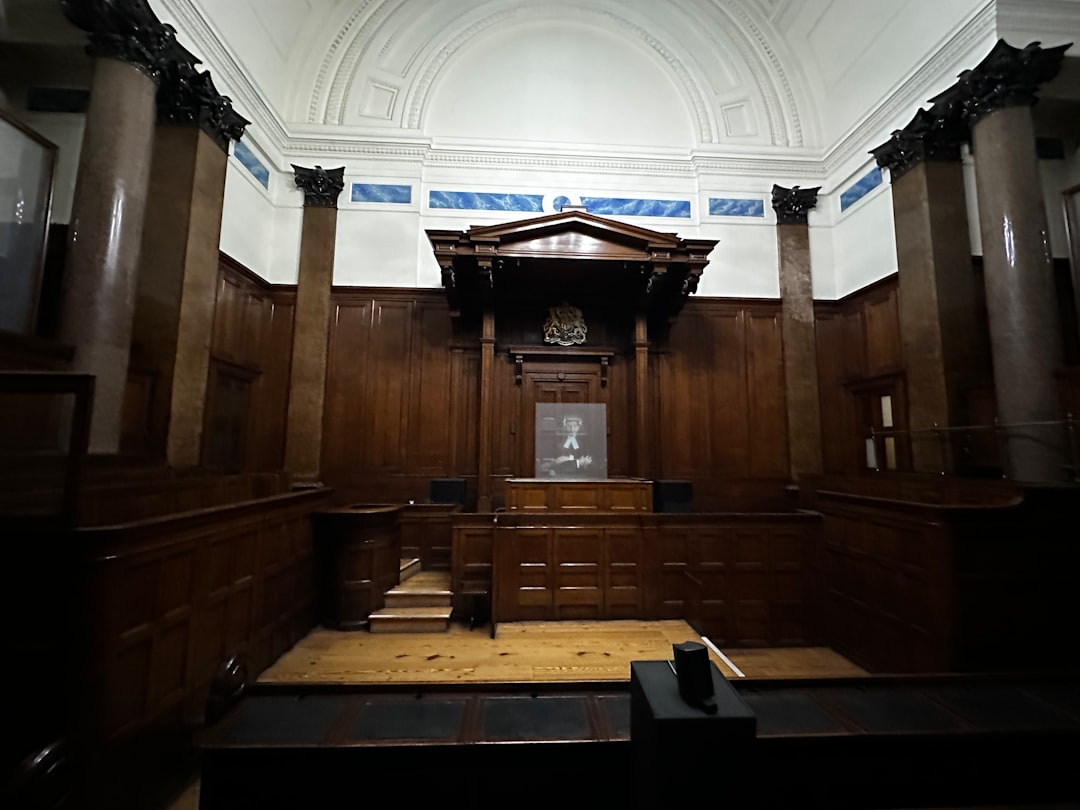From grand cathedrals to simple chapels, church lighting plays a crucial role in creating a spiritual atmosphere. It sets the mood for worshipers and guides their focus towards the altar. But proper church lighting is more than just illumination; it involves careful consideration of design, placement, and energy efficiency.
First and foremost, proper church lighting should enhance the architecture and liturgical art of the space. It should draw attention to the altar and other focal points, creating a sense of reverence and awe. This is achieved through strategic placement of lights and the use of accent lighting to highlight specific details, such as statuary or stained-glass windows.
However, church lighting must also be practical. It needs to provide sufficient illumination for worshipers to comfortably read hymnals and prayer books. Careful attention must be given to the placement of lights to prevent shadows or glare that could distract or detract from the service.
In addition to aesthetics and practicality, energy efficiency is also an important factor to consider when it comes to church lighting. By using LED or fluorescent bulbs, churches can reduce energy costs and environmental impact. Dimmers and programmable lighting controls can further enhance energy efficiency by allowing for customized lighting levels depending on the time of day and liturgical season.
Any alterations to church lighting should also take into account the congregation’s needs and preferences. For example, older worshipers may require more light to comfortably read while younger members may prefer a more subdued lighting setting.
Another consideration is the balance between natural and artificial light. Natural light has long been a powerful symbol in religious teachings and traditions. It represents spiritual enlightenment and the presence of a higher power. However, relying too heavily on natural light can pose challenges, especially for churches located in areas prone to overcast or rainy weather conditions.
Achieving the right balance of natural and artificial light requires careful planning and collaboration between architects, engineers, and lighting designers. It also requires taking into account the church’s unique characteristics, such as size, layout, and architectural features.
Proper church lighting is not only essential for creating a spiritual atmosphere but also for ensuring the safety and comfort of worshipers. Adequate lighting prevents slips and falls and helps guide congregants toward exits in the event of an emergency.
In addition to traditional lighting methods, churches can also incorporate newer technologies to enhance the worship experience. For example, projection mapping can be used to project images and patterns onto the walls and ceiling of a church, creating an immersive environment for worshipers.
Church lighting is a multi-faceted endeavor that requires attention to detail and careful planning. From aesthetics to energy efficiency to safety, there are many factors to consider when illuminating a place of worship. But with the right approach, churches can transform their spaces into solemn, inspiring environments that elevate the spiritual experience of the congregation.








